With the last couple of weeks remaining as the Icelandic season winds down, we look back over the last couple of months with great fondness. Overall, the season has gone well, with many of the rivers reporting good numbers of fish running their systems. We have seen some very varied conditions this year and as is often the case, when we have a lovely summer here in the UK, the Icelandic summer is the opposite.
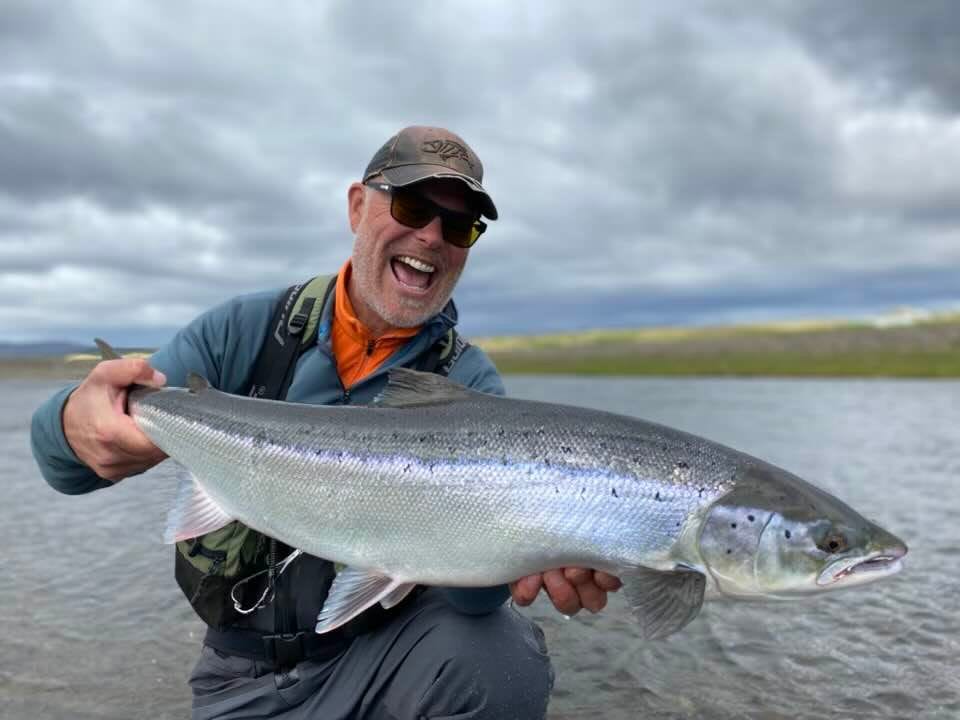
The start of the season in June had one of the best opening water levels we have seen for many years and the scene was set for a cracking start on the West coast rivers as followed Nordurá and they opened one by one. We were hugely encouraged by the remaining snowpack left in the mountains which held great promise to hold up water levels until the rains would hopefully arrive at the end of July. The season kicked off well with some stunning early running fish being caught on the Nordurá, Laxa I Kjos, Stóra Laxá, Midfjardara and Langá. Some of the multi sea wintered fish were in amazing condition and had found some excellent feeding grounds at sea. The end of June was cold though, down to 3 – 4 ˚C which slowed the numbers down. We also saw some heavy rain towards the end of June that put the levels up significantly and slightly conspired against us.
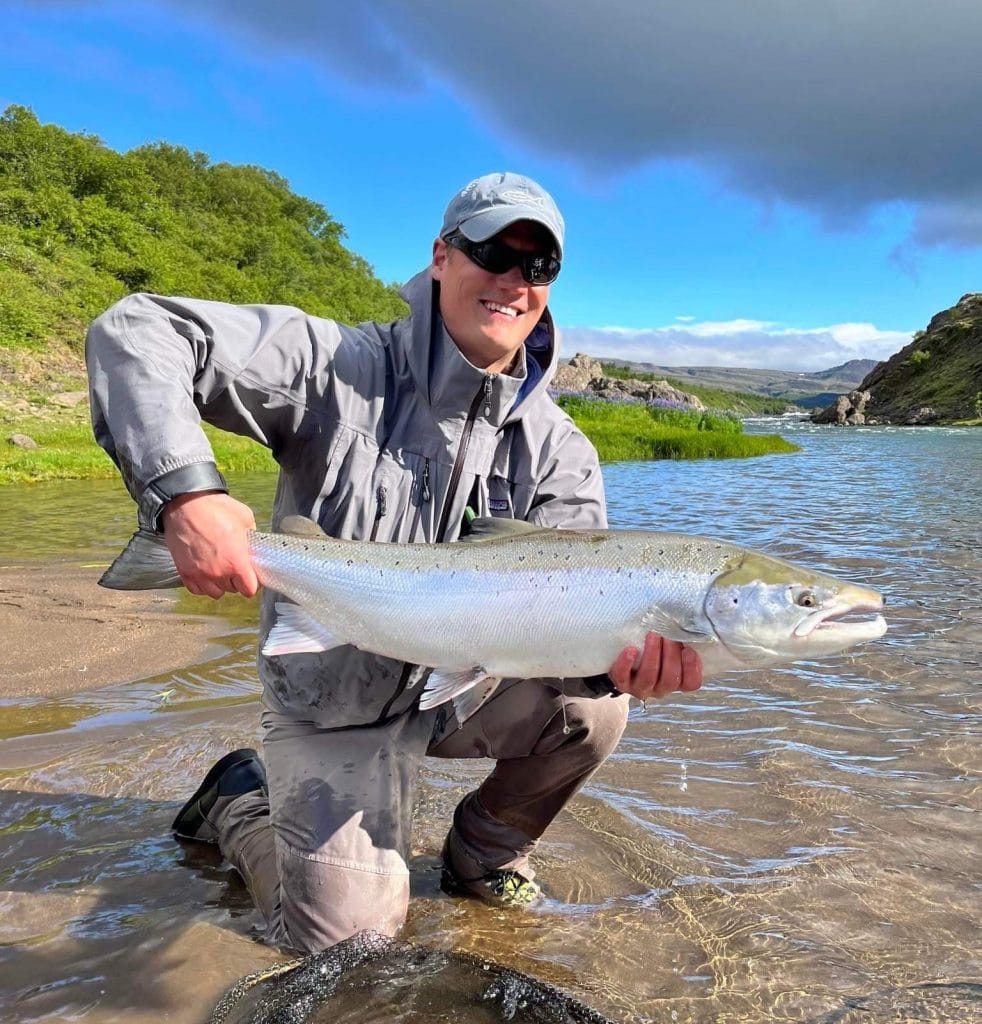
As we moved into July, finally the wind swung round to the east, the temperatures rose into the mid-teens and this coincided with the bulk of the runs pushing their way upstream. Prime time on the West cast was upon us and we saw some fantastic catch stats coming from Nordurá, Stóra Laxa and Laxa I Kjos. Midfjardara was a little slower in terms of numbers, but were not quite so lucky with their conditions, being further north. The quality of fish they were catching was stunning though. The Ranga rivers started very slowly this year, but hit their stride by the second week of July and we watched their numbers soar as we would expect. The North coast rivers battled a bit at the beginning of their season as the runs were a little late compounded by high water and cold conditions. The river that made us all sit up and take notice was the Stóra Laxa, which caught some phenomenal fish in July and more than we had expected in its inaugural season as a complete operation.
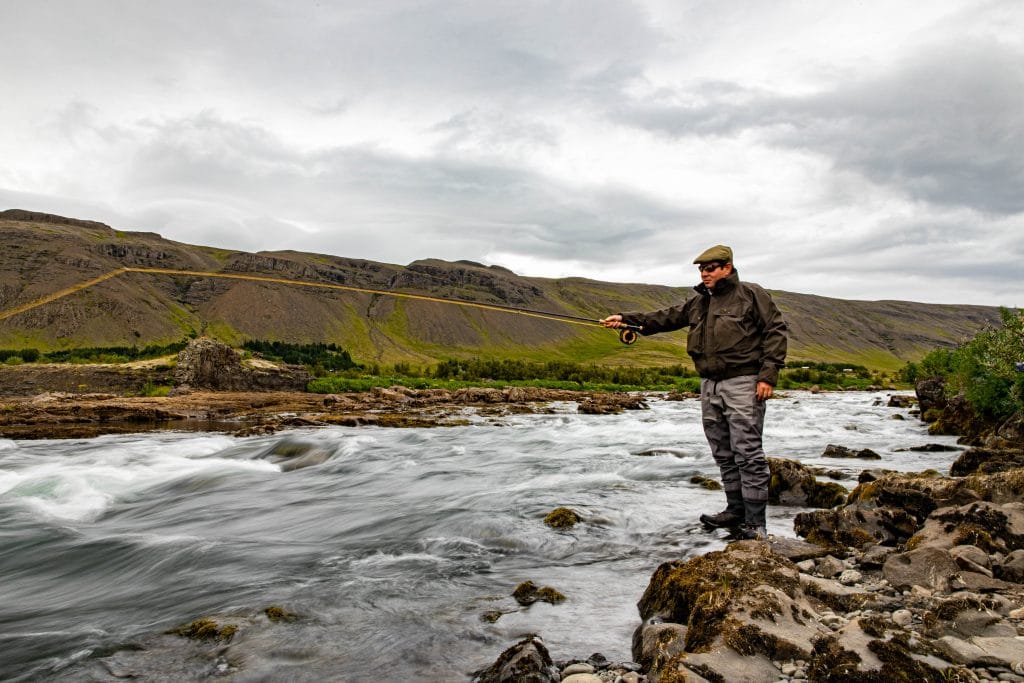
The end of July into the beginning of August brought rain, which although not great for those that experienced, it was essential for the beginning of August weeks. My own experience on Laxa I Kjos saw 23mm of rain in one day that brought the river up some 12 inches and turned its crystal clear pools into a chocolate torrents that we managed to eke out a few in the margins. The colour dropped out within an 18 hour period (such is the joy of Iceland) and we had a bonanza landing 74 fish in the next day and a half. Most of the other west coast rivers followed suit. However, as we moved into August the temperatures plummeted and we had one of the coldest Augusts in Iceland we have seen in 20 years. The first frost hit on the 4August rather than mid-September and we saw night temperatures drop to 2 ˚C making fishing pretty slow. Immensely frustrating as all our anglers reported seeing large numbers of fish in the pools, but challenging to make them take a fly. West Ranga by this point had hit full stride and we watched their figures accelerate, making up for lost time. This is by no means out of character for this river and par for the course.
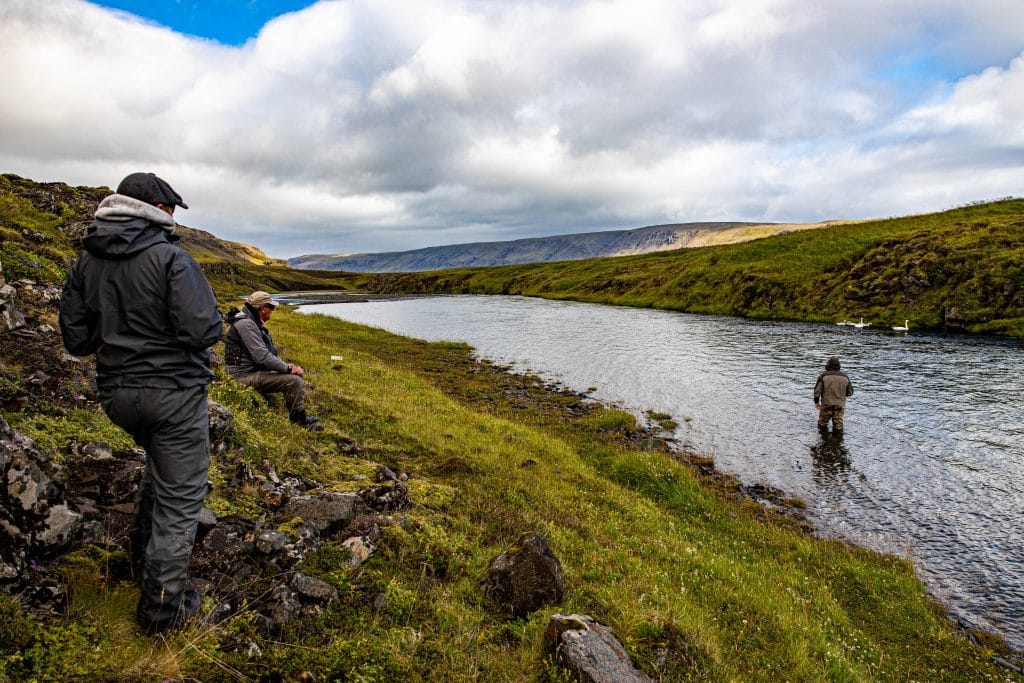
Now that September is upon us the numbers are slowing down and photographs are showing an increasing number of aggressive cock fish as they begin to hit spawning maturity. Large fish that ran into the river at the beginning of the season are now falling to flies as they become territorial with their hens. The sea trout fishing is in full swing as move into September. The sea trout rivers at Battle Hill Lodge started the season in August low and cold, but were topped up with a big hit of rain end of August. The start saw some proper beasties arrive, but not huge numbers until the water lifted. Now anglers are landing 6 – 7 fish a day and the largest so far was 92 cm, estimated at just shy of 20 lbs. The sea trout fishing has prolonged our Icelandic season by some three weeks.
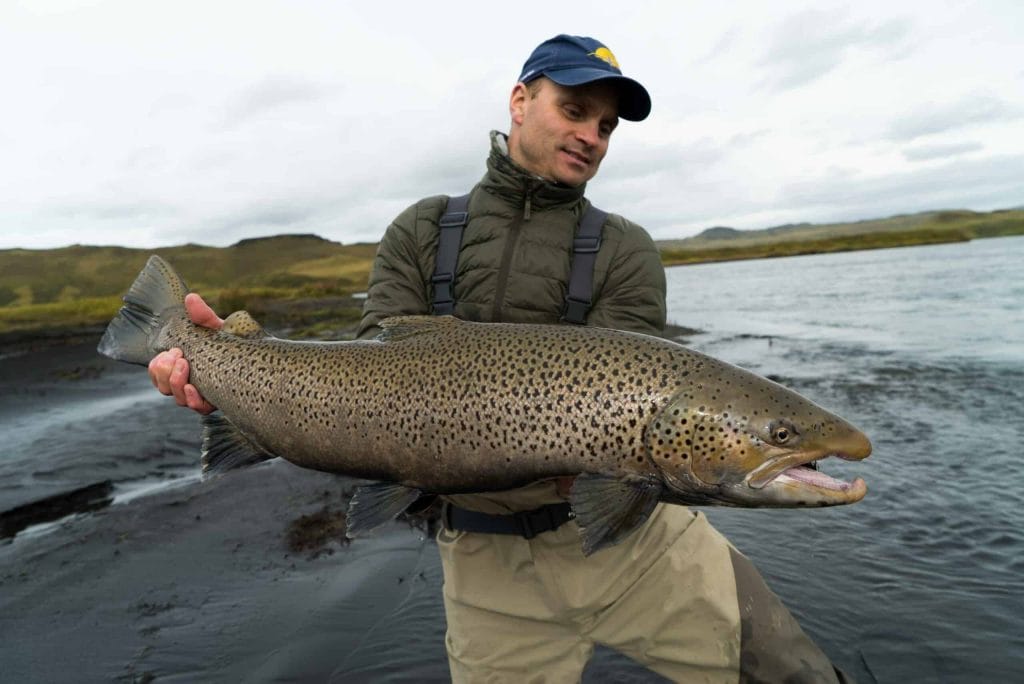
For more details on last minute fishing in Iceland or to log a request for next season please do not hesitate to contact Peter McLeod or Alex Jardine or call our office on +44(0)1980 847389.
